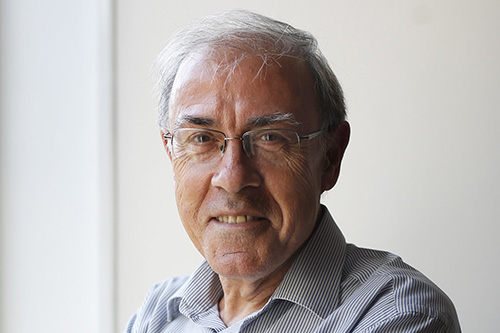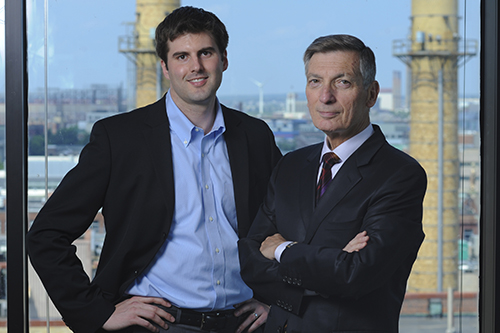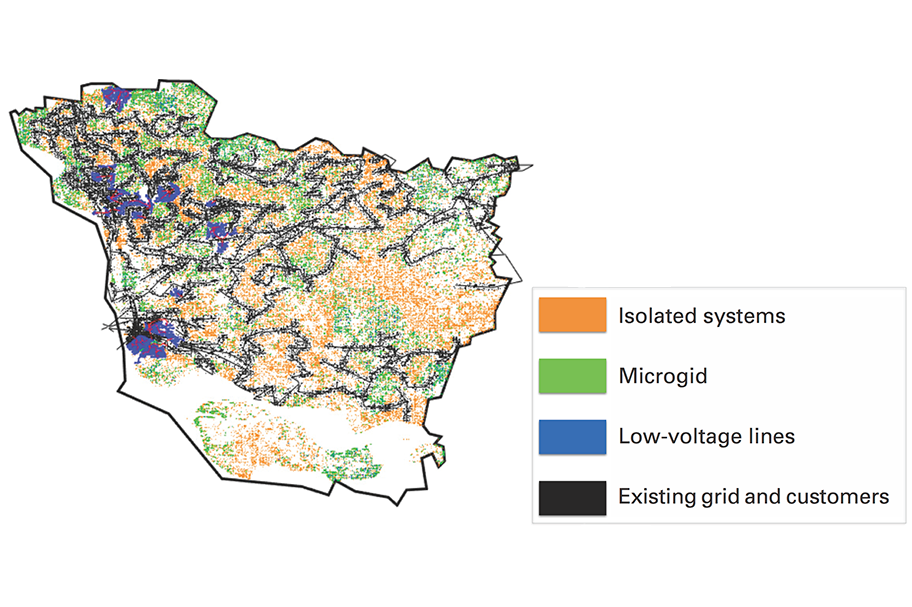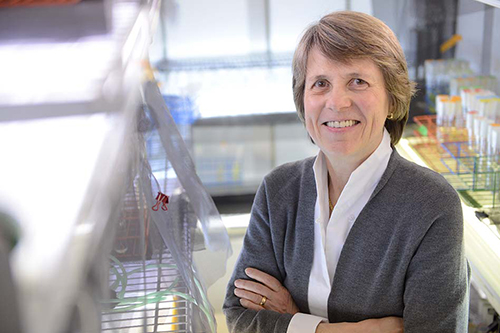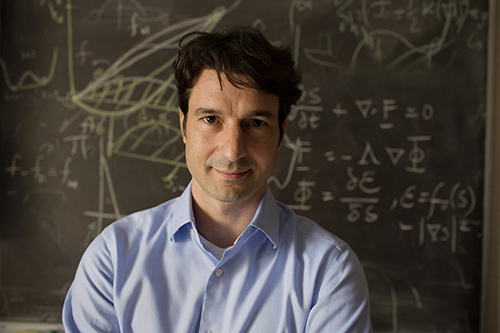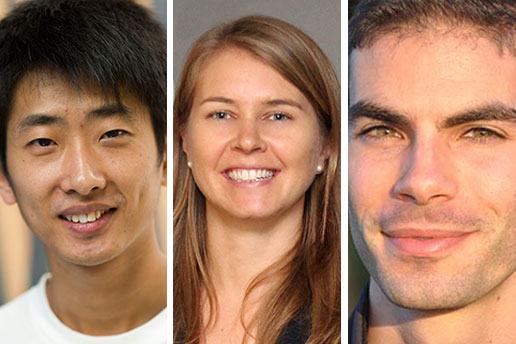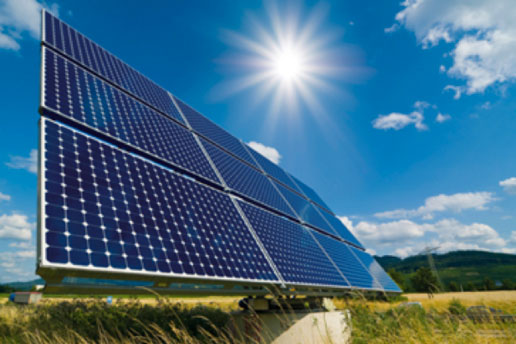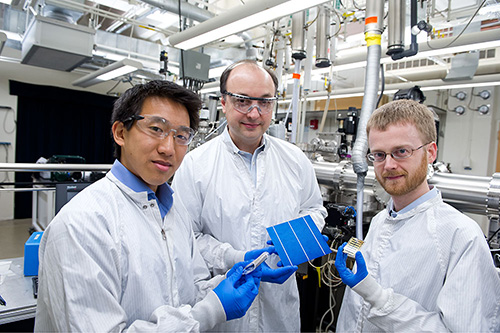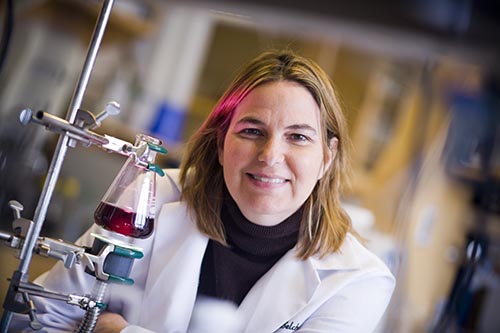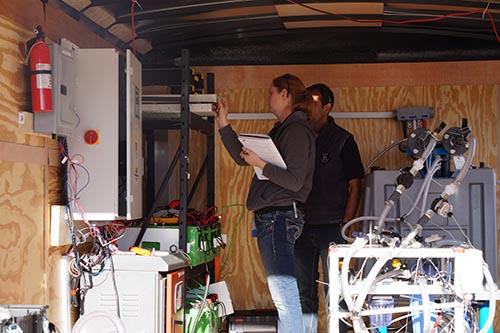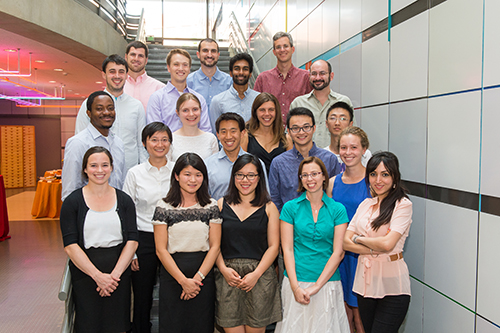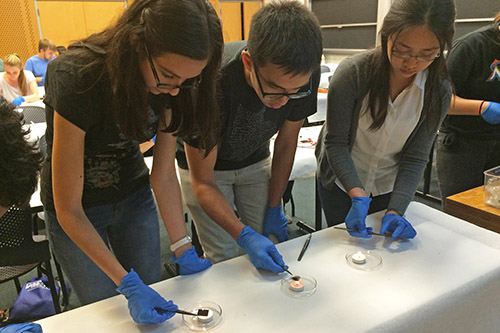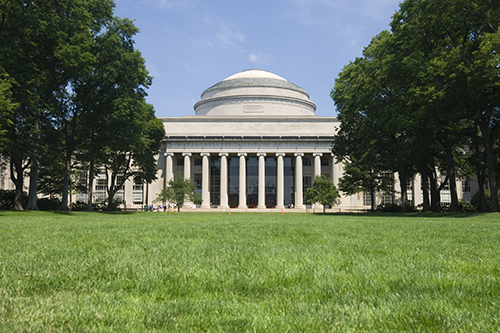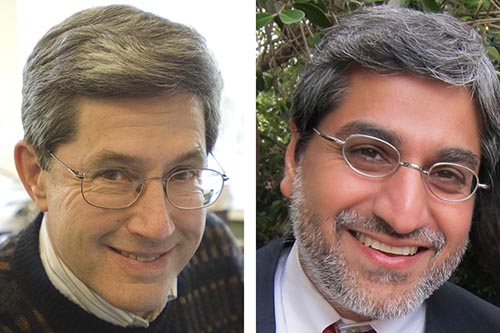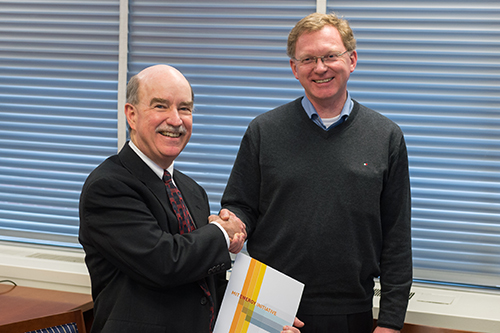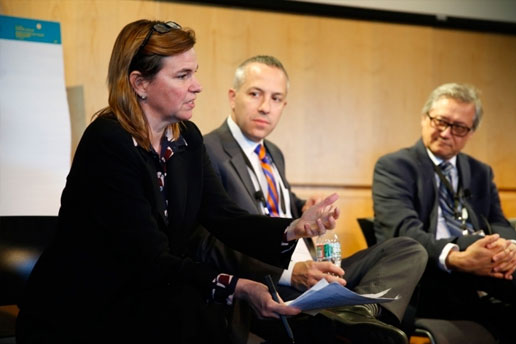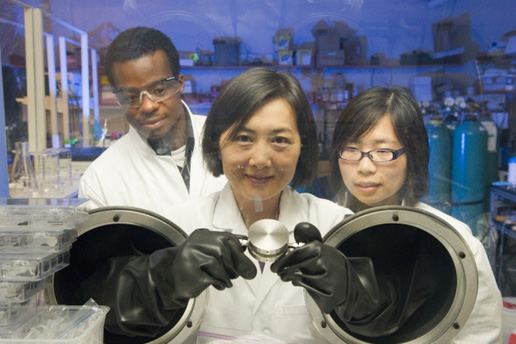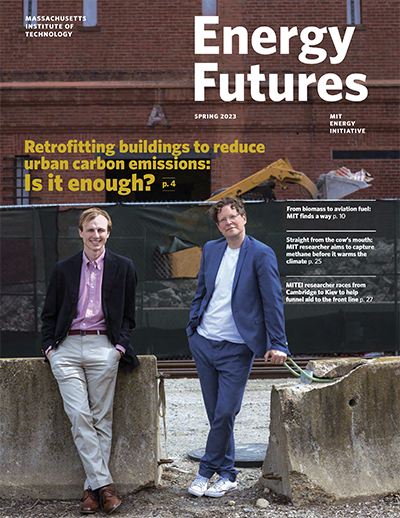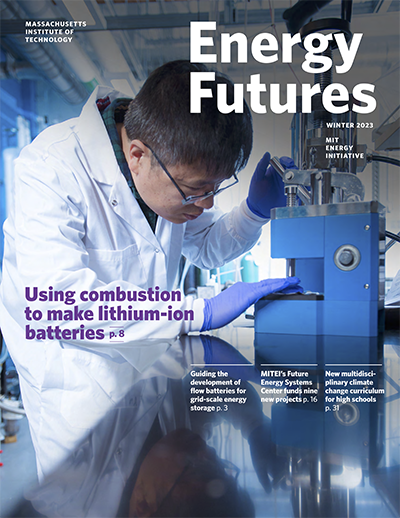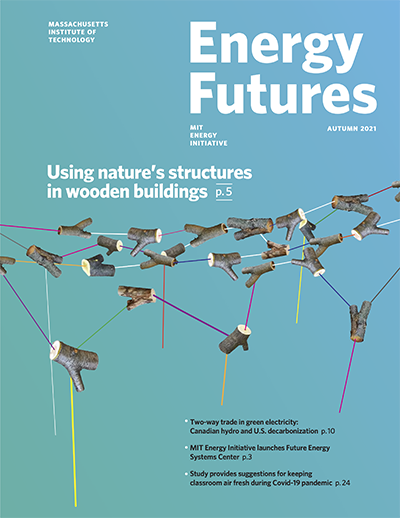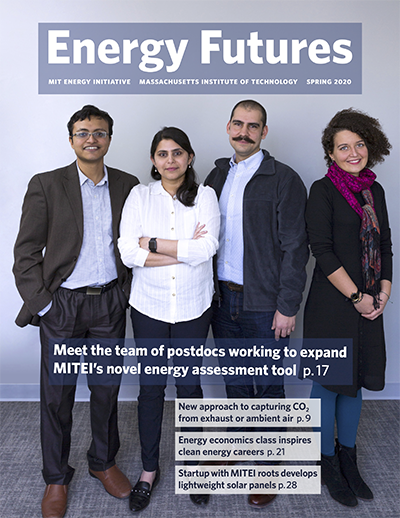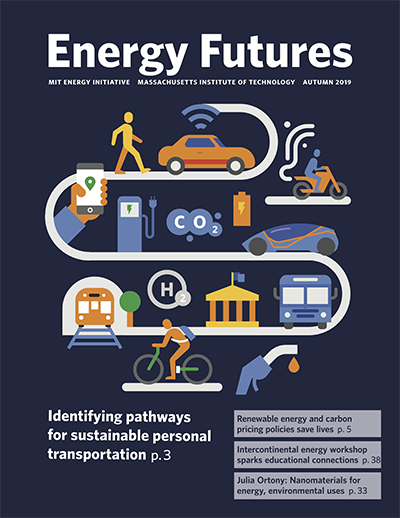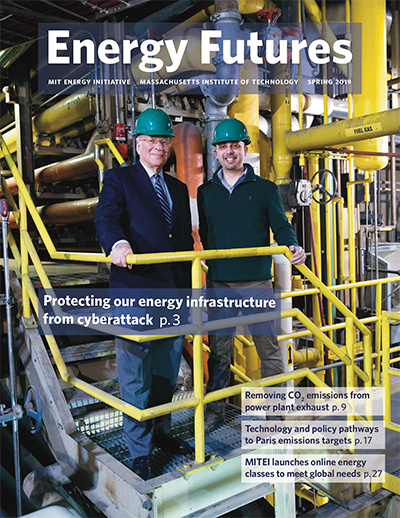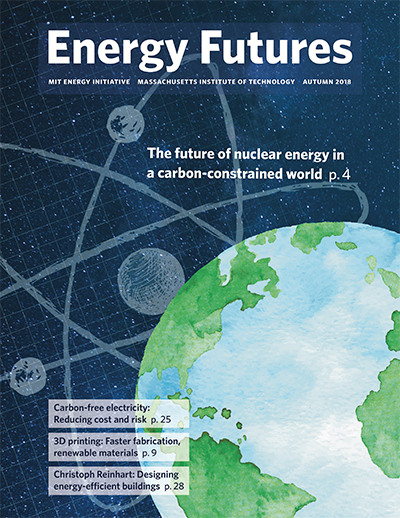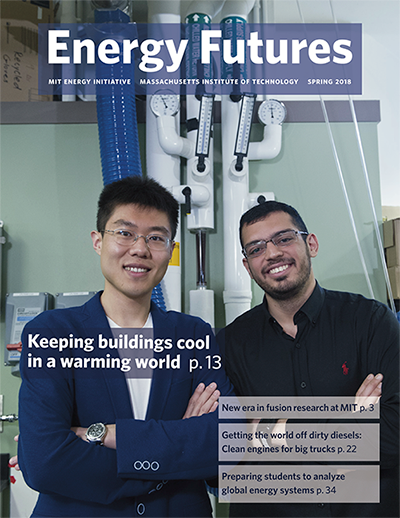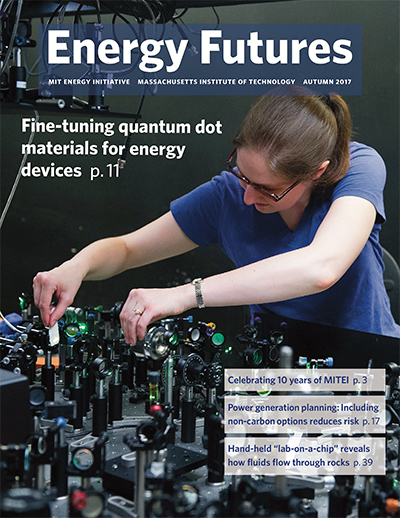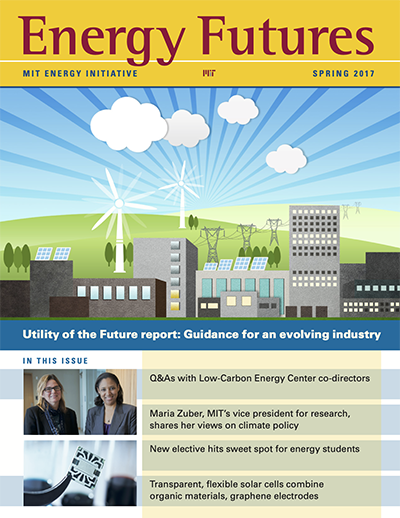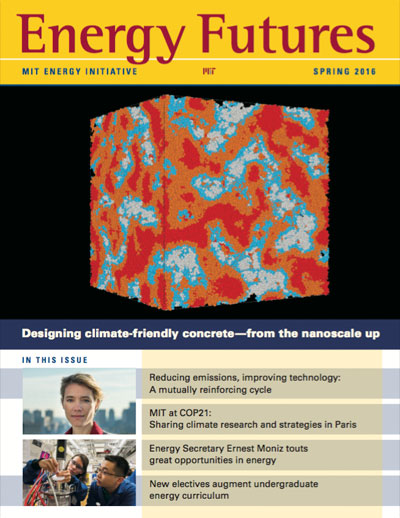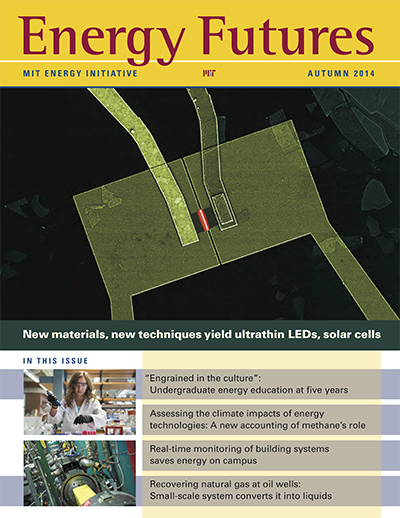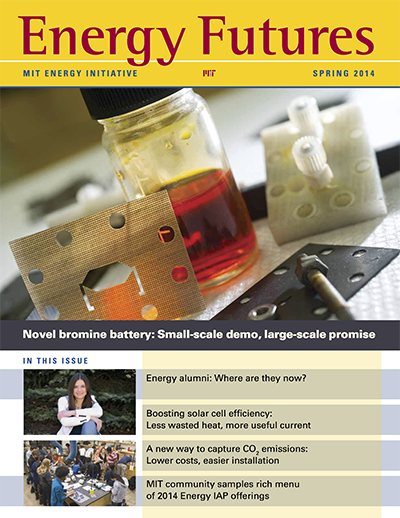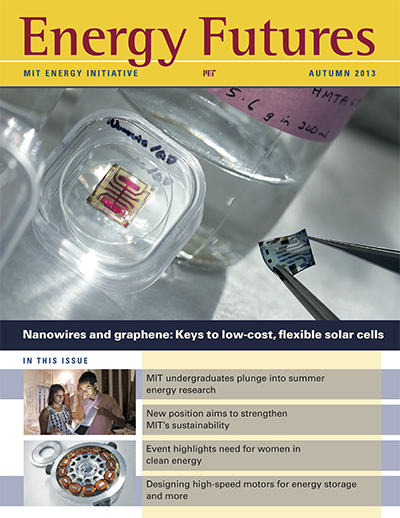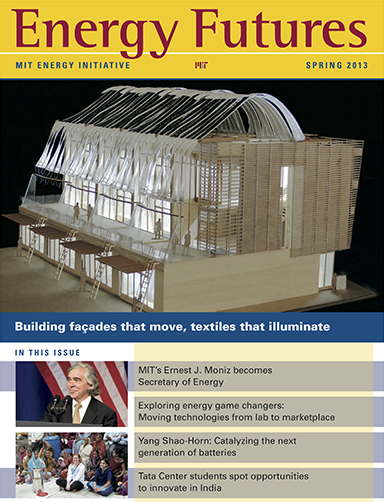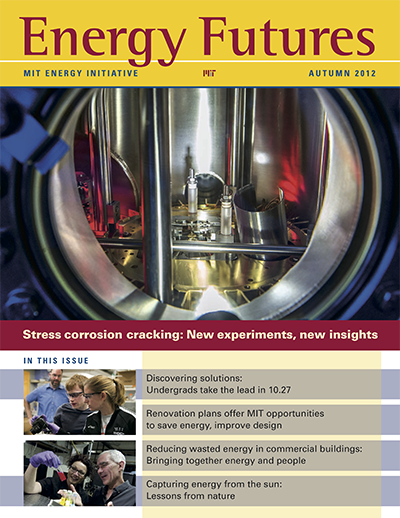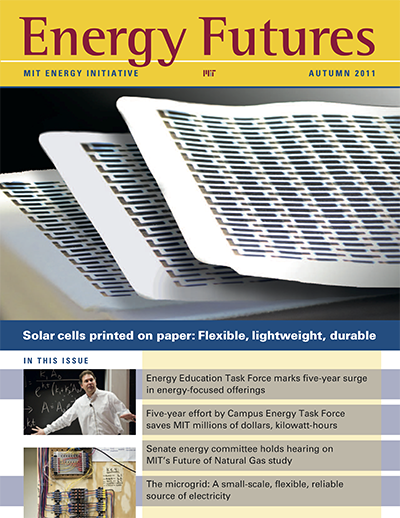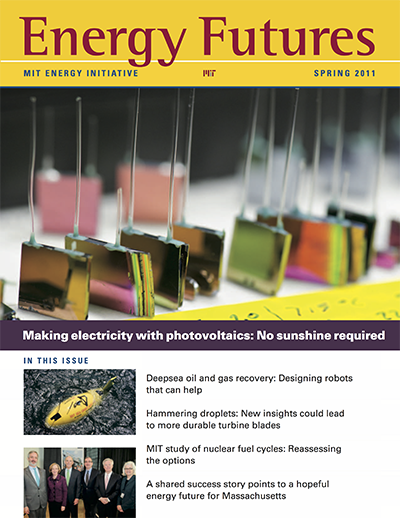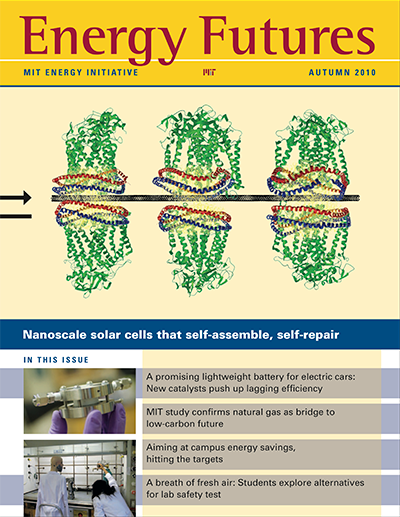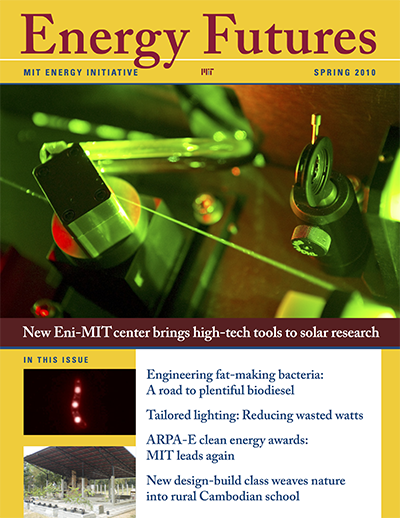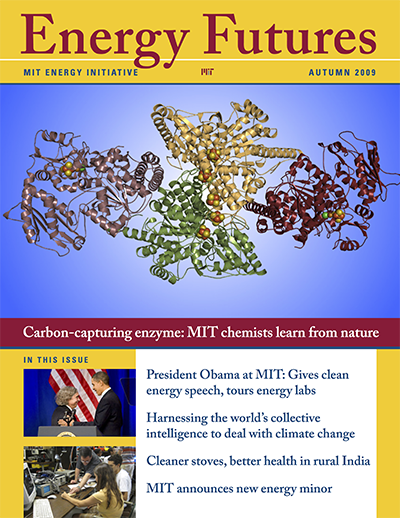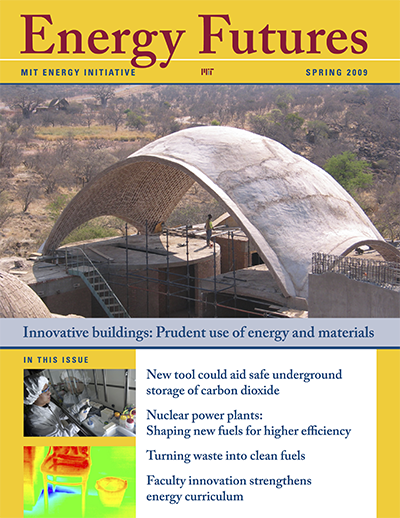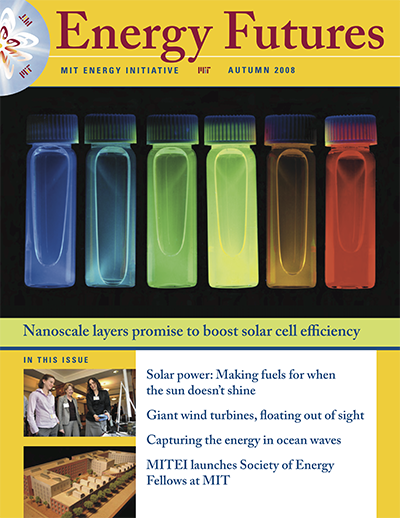Letter from the director
Dear friends,
On October 21, 2015, MIT launched A Plan for Action on Climate Change, the Institute’s multifaceted response to the urgent global challenges of significantly reducing carbon emissions while meeting growing energy needs.
A central element of the plan is a commitment to partner with industry to foster low-carbon energy research—a strategy the MIT Energy Initiative (MITEI) has embodied since its founding in 2006, guided by then-Institute President Susan Hockfield and led by my former colleague Professor Ernest Moniz, now US Secretary of Energy. As described in the plan, MITEI is developing interdisciplinary Low-Carbon Energy Centers to advance technology in key areas. The first five centers will focus on solar power; energy storage; carbon capture, use, and sequestration; advanced materials; and nuclear fission. These centers will be supported by industry and government consortia, with members ranging in size from startups to multinationals. Our shared objective is to put the global energy system on a path to rapid decarbonization within a generation.
In the coming months, we will provide more information as the centers take shape and begin their work. We have heard from existing industry MITEI Members and from smaller companies excited about the prospect of partnering with MIT researchers on projects in specific low-carbon technology areas. MITEI looks forward to convening members within each center to facilitate dialogue on common opportunities for technology development as well as lessons learned. We also anticipate helping to connect startups with established companies in each of the technology areas.
At MITEI, we value our role as a convener of industry, government, and academia around low-carbon energy research, education, and outreach. This year, we have had ample opportunity to play this role, particularly for solar energy, which is the focus of this issue of Energy Futures.
In September, MITEI had the pleasure of hosting researchers from across the Institute and beyond for MIT Solar Day, a full-day event dedicated to sharing solar technology and policy research with the MIT community. Solar Day brought to life many of the research themes raised in The Future of Solar Energy, a comprehensive report written by MIT researchers to address vital questions of how to realize the potential of solar energy to meet a major portion of global electricity demand and dramatically reduce greenhouse gas emissions. At the report release on May 5 in Washington, DC, members of the solar study team briefed congressional and White House officials on the importance of the findings and distributed the executive summary for policymakers.
The Future of Solar Energy was the most recent of MITEI’s Future of… series of reports that shed light on possible roles for a number of technologies—including nuclear energy, coal, geothermal, natural gas, and the electric grid—in meeting growing energy needs in a carbon-constrained world. Each of the reports stems from a study that brought together experts from different disciplines to provide insights into key technology and policy questions along with detailed recommendations to shape future policy debates and decisions, technology choices, and research.
In this issue, you will find research reports related to topics discussed in The Future of Solar Energy. For solar energy to achieve its potential to transform our energy systems, new solar technologies will be needed. In this issue, we describe a rigorous assessment of the strengths and weaknesses of today’s many solar photovoltaic technologies—both commercial and emerging—as well as a research project demonstrating a novel way to provide critical materials for perovskite solar cells, a promising technology now being pursued worldwide. Other work focuses on challenges involved with deploying intermittent renewables such as solar and wind on the electric power grid. An analysis by MIT and IIT-Comillas University in Madrid, Spain, identifies steps to help prepare today’s power grid to handle the large-scale deployment of solar power, and another MIT project has produced a novel, high-capacity, low-cost battery that could play a critical role on a solar-dominated power grid. Finally, projects focusing on reliable energy access in the developing world demonstrate the important role to be played by solar power in the expanding use of microgrids and in the desalination of groundwater in India.
In early October, the Institute hosted the inaugural MIT Solve conference, and solar energy and other low-carbon energy technologies featured prominently in the “Fuel” pillar, which I co-moderated with Angela Belcher, the James Mason Crafts Professor in materials science and engineering and biological engineering. As detailed in “Fueling Solutions,” panels of scientists and policy experts discussed how to meet rapidly increasing global energy demands while providing food and clean water for the world’s growing population. At a final public session, Ratan Tata, chairman of the Tata Trusts, and Robert Stoner, director of the Tata Center for Technology and Design and deputy director for science and technology at MITEI, discussed the challenges involved in sustainably meeting the development needs of India and other developing countries.
Three other notable events rounded out our busy fall. On September 29, the first Tata Center Symposium gathered leaders from India’s business, government, and nonprofit sectors to consider the challenges and opportunities for applying MIT research in India and the developing world. On October 19–20, we held the MITEI Annual Research Conference, where MITEI Members gathered to hear about MIT researchers’ work and to participate in discussions on how to overcome hurdles to technology research and commercialization. And on November 4–5, the fourth annual C3E Women in Clean Energy Symposium convened leaders from all sectors to discuss pathways toward a low-carbon energy future.
MIT students have been engaged in many activities with MITEI this autumn. Among those highlighted in this issue of Energy Futures are undergraduate participation in summer research projects and in MITEI’s pre-orientation program, development of an on-campus Undergraduate Energy Commons that will provide space for students to gather and work, and the induction of 32 graduate students into MIT’s Society of Energy Fellows. I would particularly like to congratulate the 2015 Energy Studies Minor graduates, who are now embarking on careers in energy fields or continuing to earn higher degrees.
The launch of the MIT Climate Action Plan and the development of the new Low-Carbon Energy Centers make this an especially exciting time to be on campus. I look forward to engaging with new and returning students, faculty, and researchers to help advance the objectives of the climate plan, and I encourage alumni and the broader MIT community to contact MITEI with ideas and questions. Working together, we can ensure MIT’s enabling contributions as the world transitions to a low-carbon energy future while making affordable energy available to billions of people in the developing world.

Professor Robert C. Armstrong
MITEI Director
